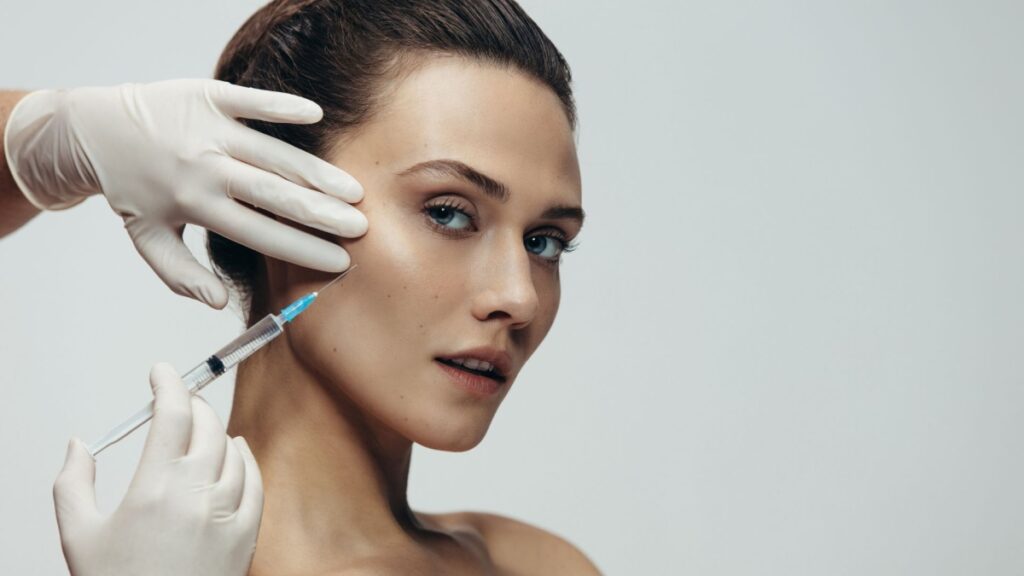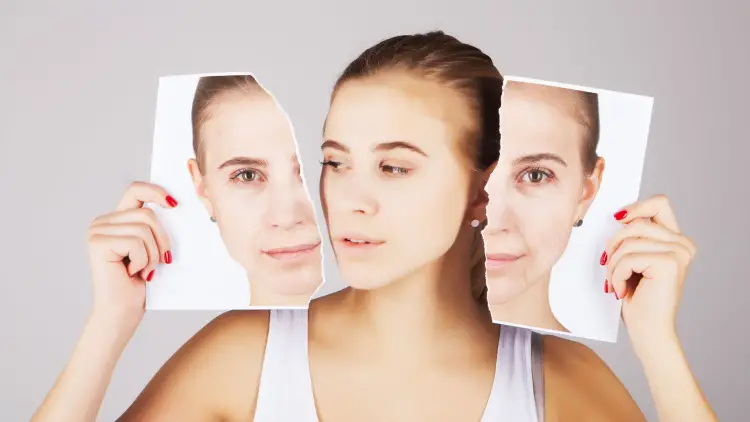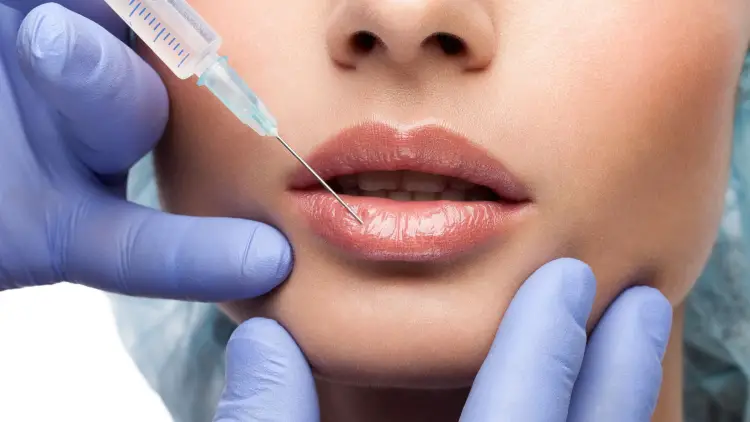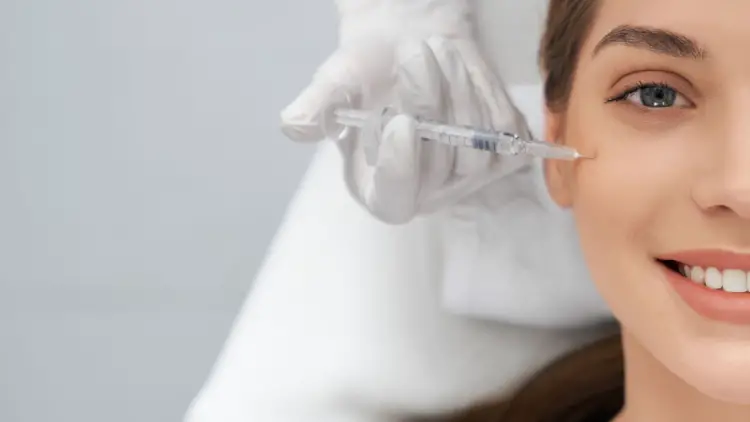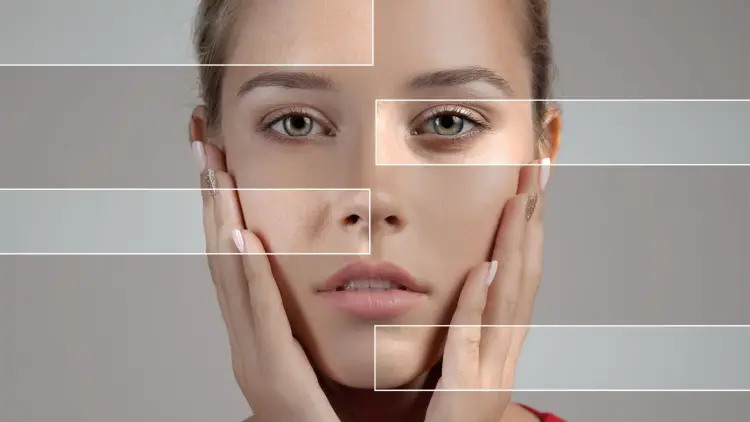Skin injectables are a quick and easy way to re-contour your face and give it a more youthful look. With a low price, short or non-existent recovery time, and a variety of applications, injectables are the most popular nonsurgical cosmetic treatments. Used for medical reasons as well, injectables are the best thing for aging skin – and for skin that wants to stay looking younger for longer.
Injectables are minimally invasive and may result in only minor bruising and a droplet of blood or two at the injection site. Their application is scalable and, in some cases, even reversible. As such, injectables have been gaining in popularity since they were first conceived. The past two decades have also seen significant changes in the demographics that opt for skin injectables – from people (predominantly women) past the age of 40 to both men and women past the age of 20.
What Are Skin Injectables?
With a variety of applications and both cosmetic and medical issues they help address, injectables are a quick and easy fix for some problems of medical or aesthetic nature that you may be dealing with. Skin injectables are special substances that, once injected into the skin, give it new properties and volume – something that aging generally takes away.
Do I Need Skin Injectables?
Speaking of aging, it is necessary to note that early injectable treatments can slow down the aging process and help reverse some of the damage that has already been done to your skin. Your skin is an elastic organ, but over time, wrinkles and fine lines appear in places of high muscular (and skin) activity, such as your face and neck.
If you can see these lines and wrinkles on the skin and do not like the way they look, injectables are perfect for you. With a variety of treatments to choose from, from Botox to dermal fillers and even fat-dissolving agents, there is no need not to have the face of your dreams. On the other hand, you can also use injectables to treat more serious damage to the face, such as scar revision, jaw muscles that are too big, or even to correct how your lips stand on your face.
What Is the Purpose of Skin Injectables?
Whichever the reason you choose to get injectables, their main purpose is to correct the imperfections and help treat some medical conditions (read on for more information). In all cases, you will be receiving limited, localized help to reduce the appearance of wrinkles, lines, and skin indentations that you may not like. Here are common reasons people choose to have injectables.
Medical Reasons – Medical Injectables
Injectables can sometimes be used for medical reasons. These reasons include grinding your teeth (especially with PTSD – Post Traumatic Stress Disorder), treating chronic pain (for example, in the testicles, with the Scrotox procedure), or even treating:
- A lazy eye,
- An overactive bladder,
- Excessive sweating, and
- Spasms (especially neck and lip spasms).
Cosmetic Reasons – Cosmetic Injectables
When used for cosmetic reasons, injectables are usually applied to correct or reduce years of sun damage and normal damage to the skin that is the result of aging. As your skin ages, it gets thinner, your body produces less collagen and elastin, and the skin loses its ability to repair itself. Additionally, your skin will also start getting fine lines and wrinkles.
In this case, the use of filler can limit future damage, help correct previous damage, and give your skin the much-needed time to heal itself. The result is plump skin that is more voluminous and younger-looking. The fine lines and wrinkles are gone, and the overall face is refreshed and rejuvenated.
You can use injectables for cosmetic purposes to:
- Reduce the appearance of crow feet around your eyes,
- Reduce the fine lines and deep wrinkles on your forehead,
- Reduce the appearance of your neckbands, and
- Melt away the double-chin fatty deposits.
What Are the Types of Skin Injectables?
All these issues can only be resolved by means of different types of injectables. These include restorative injectables and fat-dissolving injectables. Besides these, there are no other kinds of injectables yet, just different brands and different approaches to one and the same issue. Here are the kinds of skin injectables that you can choose to get:
Restorative Injectables
Neuromodulating Injectables
Neuromodulating injectables weaken the signal passing through nerves on their way from the brain to the muscles. These muscles help you express emotions on your face, but more often than not, they also contract involuntarily or when stimulated through the environment. Squinting your eyes when in full sun is a good example.
Dermal Fillers
Dermal fillers consist of a group of injectables that add volume to the skin when injected. Fillers degrade over time, as your body naturally processes them and need to be reapplied regularly, usually every 3-24 months. Since dermal fillers add volume to the skin, they can also be used to reduce the appearance of scars, especially after acne and injuries.
Fat-Dissolving Injectables
Fat-dissolving injectables, on the other hand, reduce the local fat content, usually permanently. They are a great way to reduce small areas of fatty tissue but should be used with caution. Namely, there is only one approved injectable of this kind, ‘Kybella,’ and it can only be used under the chin. Any other application could potentially mean side effects.
Injectables Procedure
If you decide to have any of the previous kinds of injectables, you should know what the procedure looks like. Injectables have a very quick recovery period, but you should still know what to expect once in the clinic. Please, only choose clinics that are reputable to avoid getting Chinese knock-offs in unsafe conditions.
During the injectables procedure, your doctor, dermatologist, or even a surgeon will sterilize the injection site. They will continue to apply small doses of the injectable into the treated area until satisfying results are achieved. The surgeon will then clean the injection site one more time to remove any droplets of blood (that’s really it about bleeding) and will give further instructions on checkup dates if any are necessary.
Injectables Recovery
There is no recovery period with injectables. What may happen is that it takes a minute or two for the bleeding to stop on its own. Also, mild bruising in the treated area can take place as well but is usually gone within days. The injection site is so small that it fully heals within the day of, and you are left to wait for the full effect of the injectable to be seen.
Speaking of which, injectables take some time to show their true potential. Dermal fillers, for example, take a few days to assume the desired shape. Botox takes up to two weeks to immobilize your muscles, and Kybella takes around three weeks to melt the fat. In any case, the results are not immediate but take a few days to develop.
How Much Are Injectables?
Injectables are cheaper compared to regular plastic surgery. They take less time to apply and less of the dermatologist’s time. They can also be scaled according to your needs, and you may not even need a full dose. Full face recontouring using injectables costs between $4,000 and $6,000. Botox is generally around $400 per application, while hyaluronic-acid fillers are generally around $700 per syringe – not that you may need more than one.
Skin Injectables FAQs
What Are Injectables?
Injectables are substances that are injected into the skin for cosmetic or medical reasons. Injectables are safe to use, proven to work, cheap, reliable, and have no recovery time. The only side effects that are known (when an experienced dermatologist applies them) include bruising, mild swelling, and hypersensitivity to any of the ingredients.
What Dermatologists Want You to Know About Injectables?
What you should know about injectables is that they are used before surgery – in general, injectables can soften or reduce most of the damage to the skin that has been dealt with by sun and aging. With this in mind, always consult with an experienced dermatologist first, as you want to know how and what injectables should be applied to your skin.
Are Injectables the Same as Botox?
Botox is a type of injectable, although not every injectable is Botox. Botox is a kind of neuromodulator injectable. It reduces the sensitivity of your muscles to the stimuli coming from the brain and corrects wrinkles and fine lines. On the other hand, injectables also include dermal fillers and fat-dissolving injectables, and Botox is none of those.
At What Age Should You Get Fillers?
You can get fillers whenever you think it is time to get them. There is no prescribed age as to when you can get them, although you will have to wait until you are over 18 years old. Some people decide to start facial recontouring at the age of 20, while some wait until their 40s and 50s before they get their first restorative injectables – dermal fillers.
Final Considerations
Dermal fillers are a great alternative to cosmetic surgery. They cost little, are reliable, and have no recovery time. Dermal fillers and skin injectables, in general, can wipe away years of sun damage and damage caused by aging and, as such, are the best treatment to start rejuvenating your skin with.
In case you want to try some injectables, always make sure to go to a reputable clinic and spare no money, especially as botched injectables are hard to correct, and you may wait out on your body to dissolve them over a period of up to two years.

